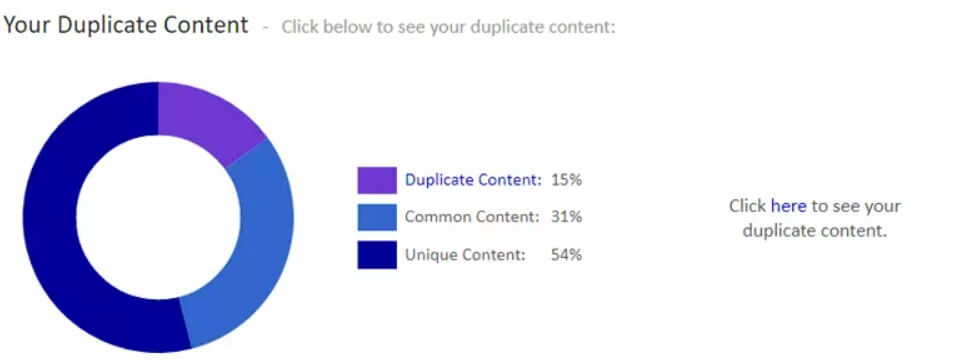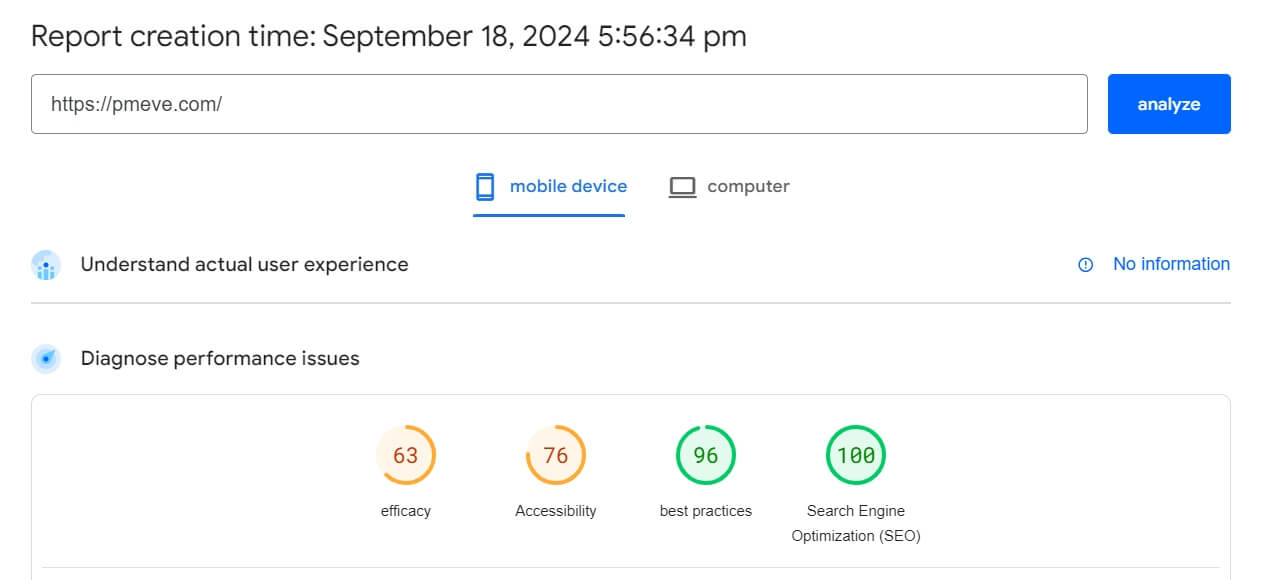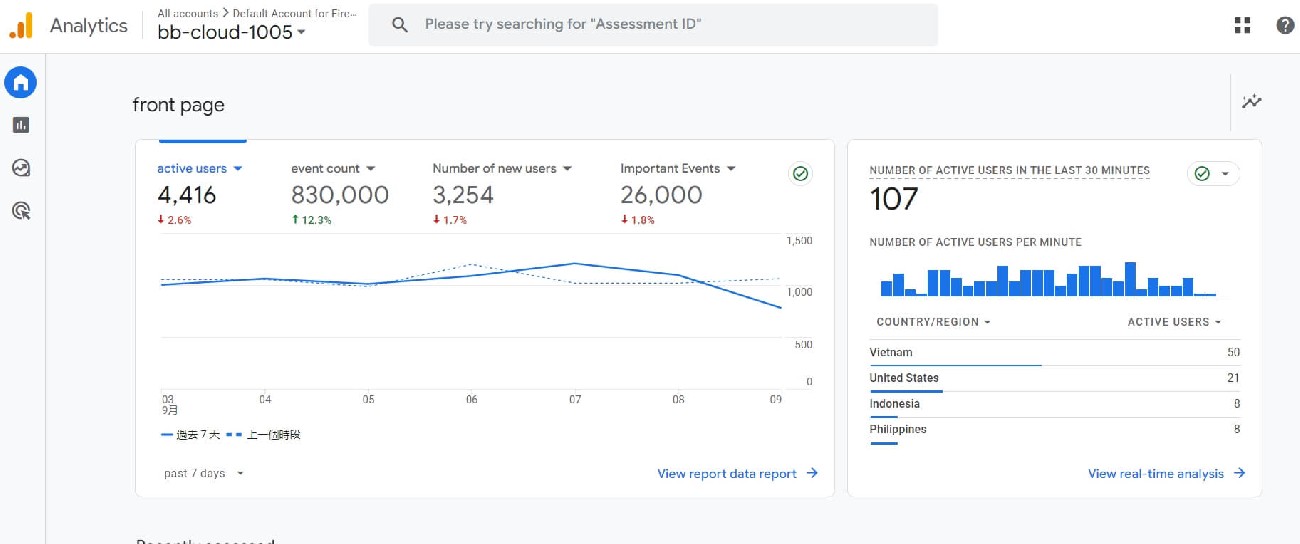We all know that high duplication of website content is detrimental to Google SEO optimization. Content duplication can occur in two main ways: duplication within the same website and duplication with content from other websites. Both types of duplication can negatively affect a website’s quality. Today, we will explore the issue of content duplication in detail.
1. What Types of Content Are Considered Highly Duplicated?
Complete Plagiarism: Copying content from other websites without adding any valuable insights.
Partial Plagiarism: Content that is largely similar to other online sources, with only minor changes—this is often referred to as "spun content."
Duplicate Content Across Subdomains: For example, if the desktop version of your website uses
www.xxx.comand the mobile version usesm.xxx.com, and both versions have identical content.Improper URL Structures: Having both
wwwand non-wwwversions of a site, orhttpsandhttpversions, without proper redirects in place.Internal Article Duplication: As your site grows, it becomes harder to write completely unique articles, which leads to more repetition of content between newer and older articles.
2. How Content Duplication Affects SEO
Reduced Google Indexing: Duplicate content is less likely to be indexed or ranked well by Google.
Negative Impact on Website Quality: If your site has a significant amount of duplicate content (whether internally or from external sources), it can damage your site’s quality and authority, and it may even be flagged as a spam site.
Therefore, original and useful content is one of the most critical elements of SEO optimization. To make your website more valuable and improve rankings, you must prioritize providing high-quality original content.
3. Tools for Checking Duplicate Content
1. Siteliner

Pros:
Online detection without registration, with limited free usage.
Can quickly and accurately find duplicated pages within a site.
Offers additional features beyond content detection.
Cons:
Free version limits you to one check per site every 30 days and 250 pages.
Only checks internal pages and supports only English-language sites.
Best For: Small websites in the early stages of checking for internal content duplication.
2. Smallseotools

Pros:
Online detection without registration, limited free usage.
Allows file uploads, text input, or URL-based checks.
Detects both internal and external duplicated content and identifies the exact pages.
Supports both English and Chinese.
Cons:
Free version has a 1,000-character limit.
Contains too many ads and has a slower detection speed.
Best For: Quick checks for content duplication before adding new articles to your website to avoid high duplication rates.
4. Solutions for Content Duplication
Refresh Duplicate Content: If you have highly duplicated content, you can modify and expand it by adding original text, videos, images, or tables to increase its uniqueness.
Modify Page Templates: Different page layouts for different sections can help reduce duplication. Limit the use of modular content on the same page template to ensure differentiation between products.
Reorganize Similar Websites: If you manage multiple similar websites, consider optimizing each site’s layout differently. For example, one site could focus on enriching category pages, while another could emphasize product content.
Address Duplicate URLs Through Technical Solutions:
301 Redirects: Use 301 redirects to route
httptohttps(e.g.,http://redirects tohttps://), or non-wwwURLs towwwversions.Slash Redirects: Use 301 redirects to ensure consistency with trailing slashes. For instance, redirect
xxx.com/toxxx.comorxxx.com/124/toxxx.com/124.Example: Apache
.htaccessconfiguration for slash redirect:<IfModule mod_rewrite.c> RewriteEngine On RewriteCond %{REQUEST_URI} /+[^\.]+$ RewriteRule ^(.+[^/])$ %{REQUEST_URI}/ [R=301,L] </IfModule>Canonical Tags: Use the
rel="canonical"tag to point duplicate or similar pages to the preferred, authoritative page.<link rel="canonical" href="preferred_url" />
Responsive Design for Mobile: Ensure that your desktop and mobile versions share the same URL. If the desktop and mobile versions are significantly different, use a subdomain (e.g.,
m.xxx.comfor mobile).Submit Only Canonical URLs: Make sure your site map only contains canonical URLs. Don’t forget to submit your updated sitemap in Google Search Console.
5. What to Do if Someone Plagiarizes Your Website
If you find that another website has blatantly copied your content, you can report it to Google via their content violation report page.
Content duplication is a fundamental issue that needs to be addressed during website optimization. Unfortunately, it is often overlooked. In reality, our daily SEO tasks are all about attention to detail. It is the accumulation of these small, detailed efforts that truly help us build and improve our websites over time.






